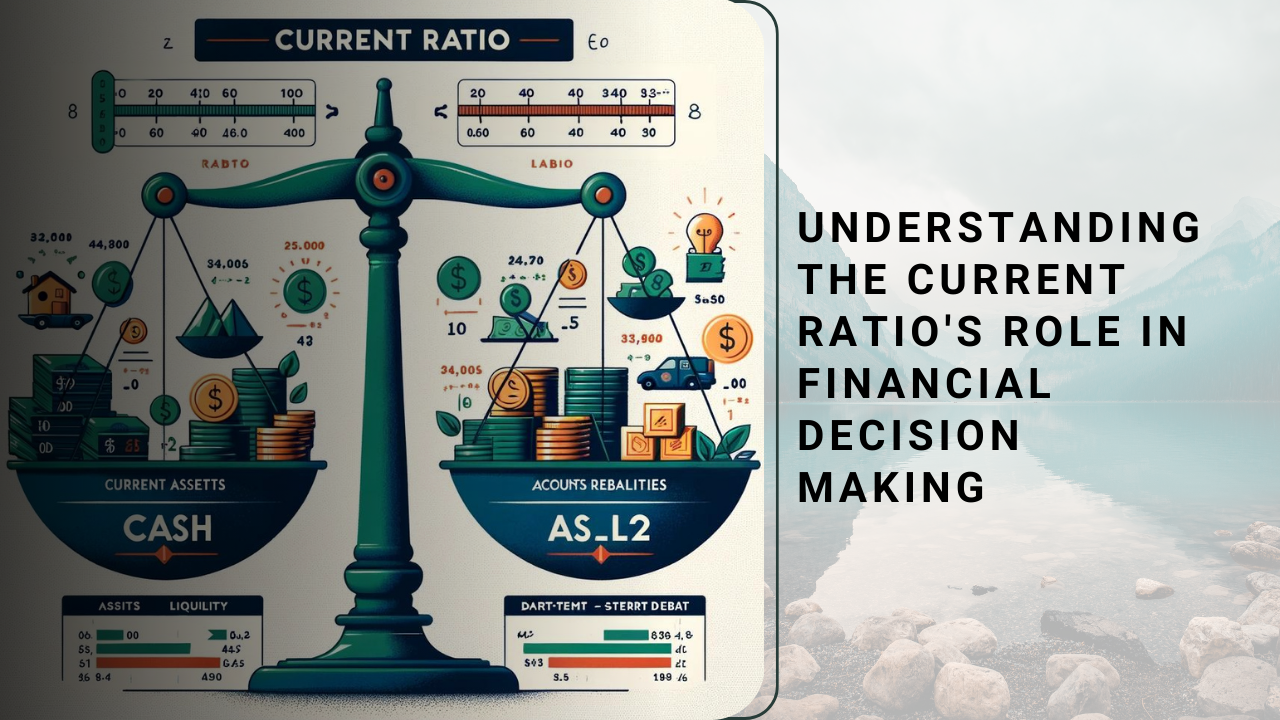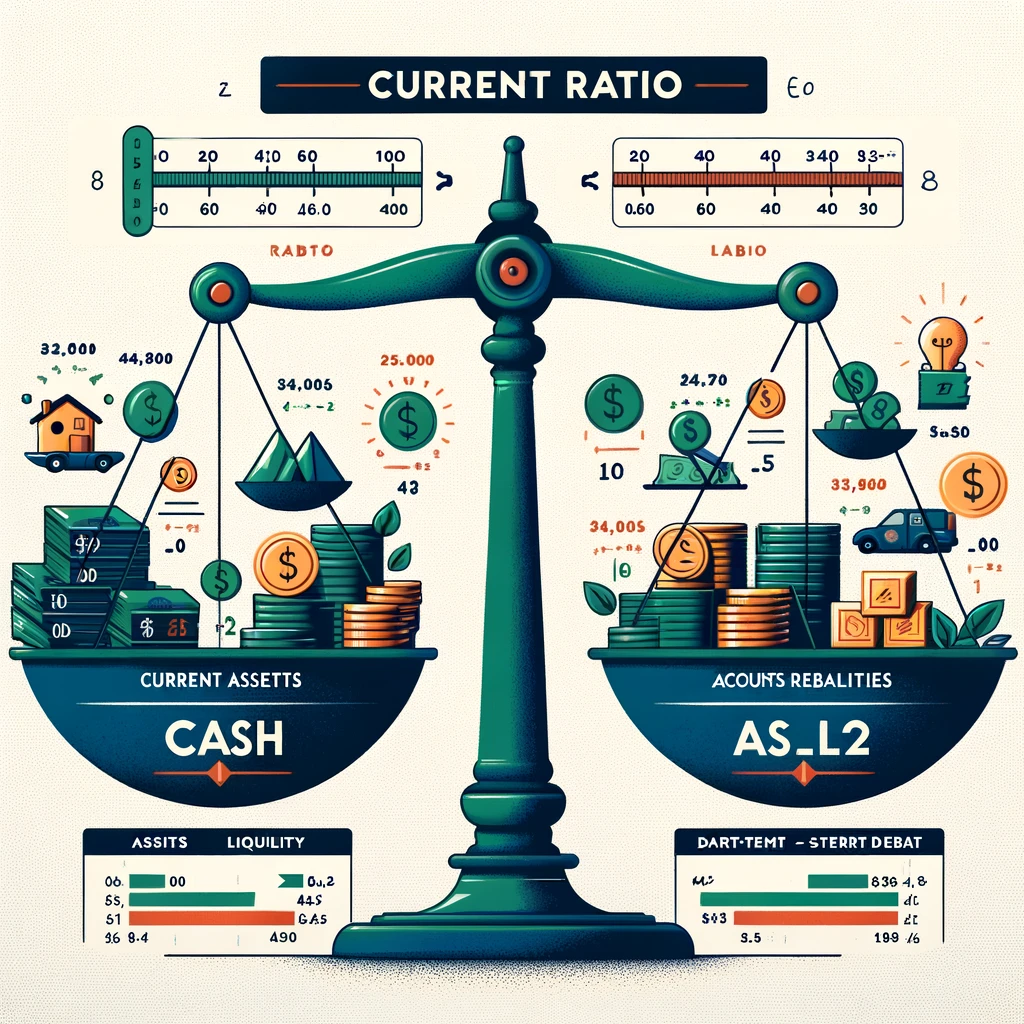
Understanding financial stuff can seem tough, but it’s really important if you’re running a business. Today, let’s talk about something called the current ratio. It’s a simple way to check if your business can pay its bills on time. We’ll look at what this means in both the US and India, using easy examples.
Case Studies on Inventory Turnover: Lessons from Retail Giants
Current Ratio’s Role in Financial Decision making
What is the Current Ratio?
The current ratio helps us see if a company has enough stuff it can quickly turn into cash to pay off what it owes soon. Here’s how you find it:
Current Ratio = Current Assets / Current Liabilities
- Current Assets: These are things like cash or items you can sell quickly.
- Current Liabilities: These are bills you need to pay soon.

Why is the Current Ratio Important?
This number tells you if you have enough to pay your bills without having to sell off important parts of your business. If the number is higher, it’s usually better because it means you have more than enough.
Calculating the Current Ratio: A Step-by-Step Guide
Let’s do some quick math with examples from both the US and India:
US Example:
- Current Assets: $120,000
- Current Liabilities: $60,000
- Calculation: $120,000 / $60,000 = 2.0
Indian Example:
- Current Assets: ₹90,000
- Current Liabilities: ₹45,000
- Calculation: ₹90,000 / ₹45,000 = 2.0
In both cases, the result is 2.0. This means both businesses have twice as much in assets as they owe in liabilities. That’s a good sign!
From Theory to Practice: Using the Current Ratio in Real Business Scenarios
US Scenario:
Imagine you have a small shop in the US. At the end of the year, you have $200,000 in assets and owe $100,000. Your current ratio is 2.0. This means you’re doing well and can easily handle your bills.
Indian Scenario:
Now, think about a shop in India. It ends the year with ₹150,000 in assets and owes ₹75,000. The ratio is still 2.0, which again is great because it shows the shop can also pay its bills comfortably.
Common Pitfalls and Misunderstandings
A really high current ratio can seem like a great thing, but sometimes it means you’re not using your money to make more money. It’s like having a lot of money sitting around doing nothing.
FAQs (Frequently Asked Questions)
Q: What is a good current ratio?
A: A number between 1.5 and 2 is usually good, but it can be different based on what kind of business you have.
Q: Can this ratio tell me if my business will always be okay?
A: Not always. It just shows if you can pay your short-term bills.

